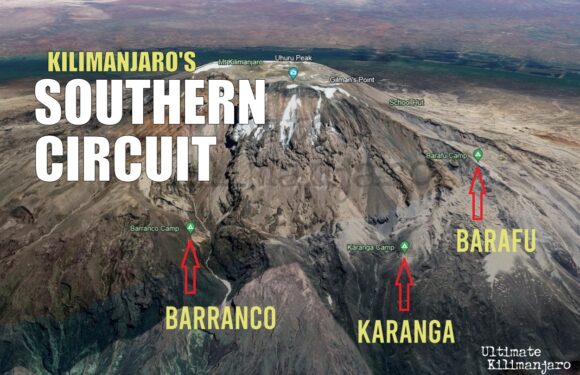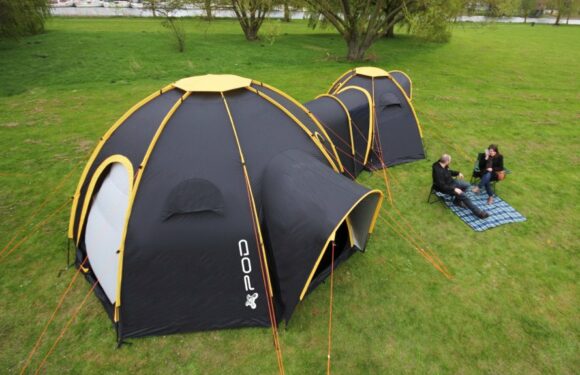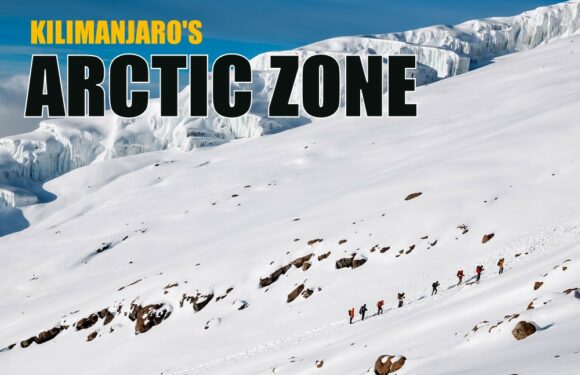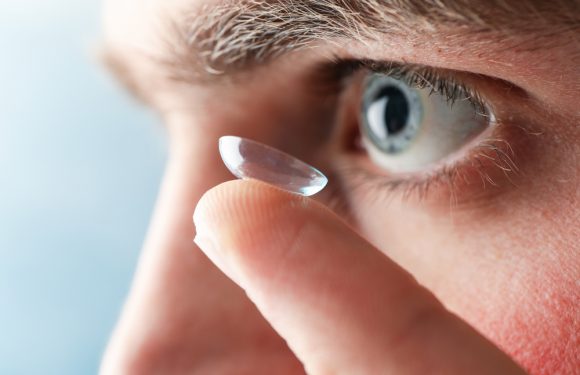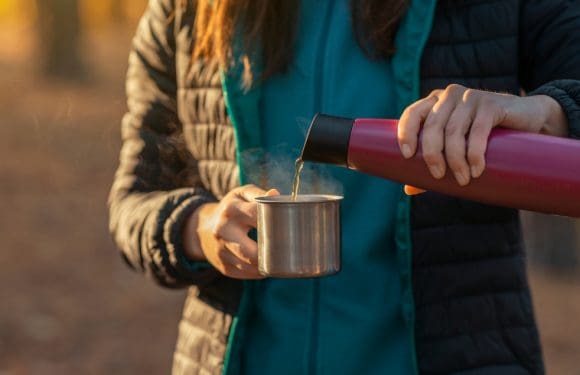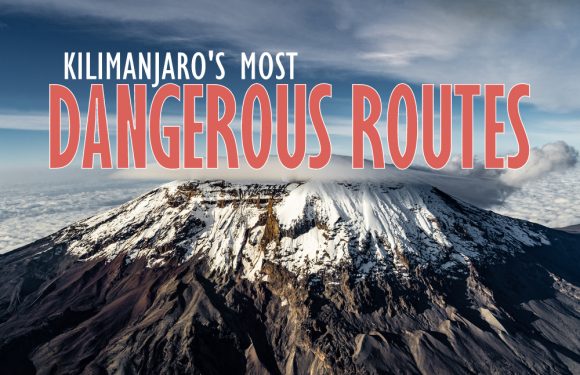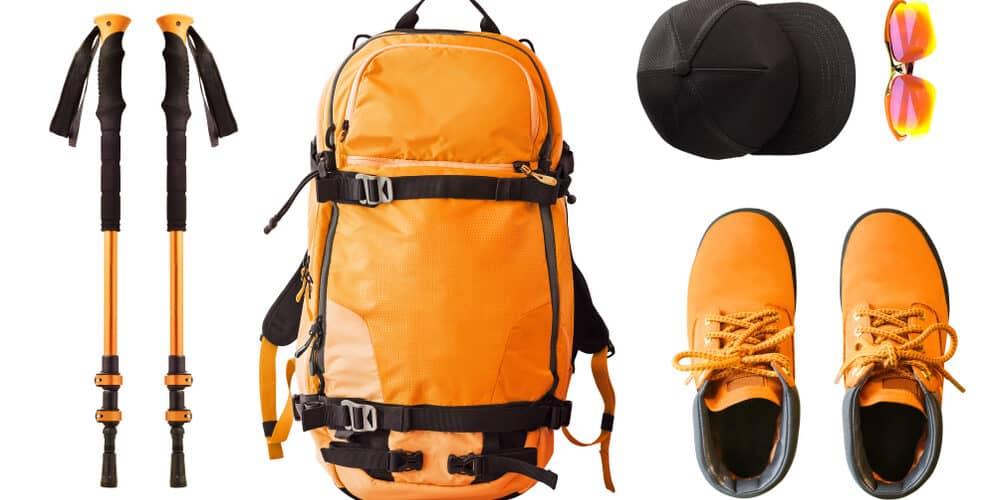
We have a comprehensive Kilimanjaro gear list that includes everything you need to climb Kilimanjaro. But there are certain items you might want to bring that aren’t on the list.
1. Phone

A smart phone isn’t on the gear list but almost everyone carries one anyway. When there is cell reception (and soon Wi-Fi), you can make calls, send texts or check email. It’s also good for taking photos and video, as a back up flashlight, and as a form of entertainment.
2. Battery Pack/Portable Charger
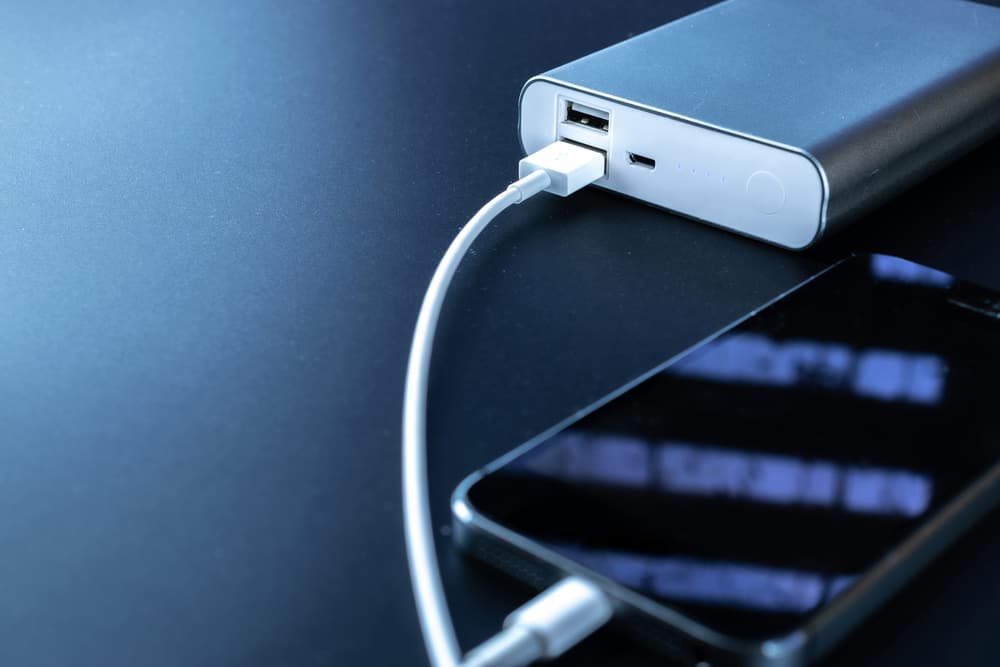
If you have any electronics, then you’ll want a way to keep them powered up. Of course, you can carry extra batteries. Or you can carry a portable charger. These powerful battery packs can fully recharge cell phones a few times. You use it for your watch or GPS. Also, some headlamps are rechargeable using a USB port.
3. Camp Shoes

You’re going to be spending a lot of time in your trail shoes or boots. To give your feet some relief, bring some camp shoes. These can be flip flops, sandals, crocs, or shoes. The point here is to provide your feet with a little comfort and respite from your other footwear after a day’s hiking. Also, it’s to let your trail shoes or boots air out.
4. Ear plugs
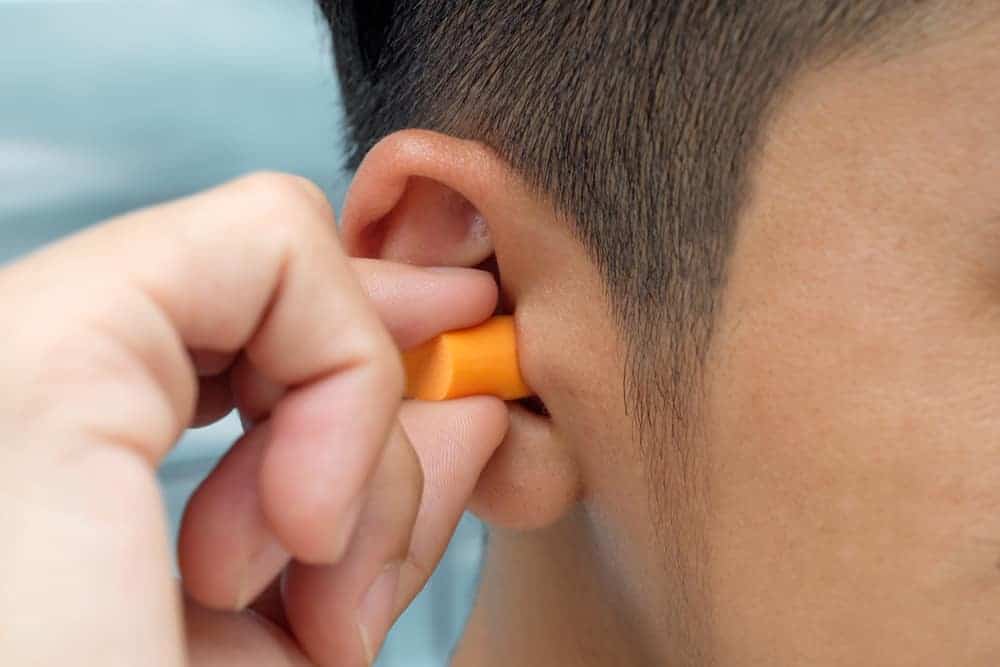
When you’re camping on Mount Kilimanjaro, it’s not a controlled environment like your bedroom. Therefore there are noises to contend with that might disturb your typical peaceful slumber. First there are the sounds of nature. In this case, probably wind and rain. But also other campers who could be out and about at all hours of the night. And let’s not forget a possible snoring tent mate. If you are a light sleeper, consider bringing ear plugs to block out all the noise around you.
5. Sun Gloves
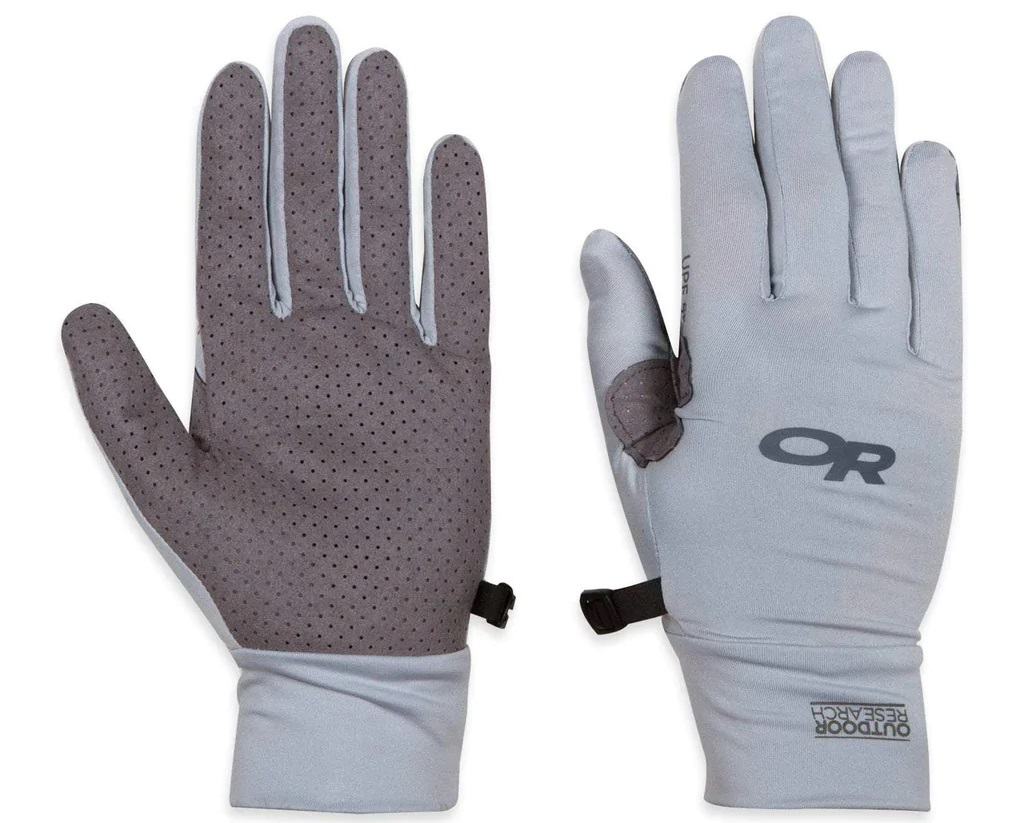
Your skin will take a beating from the strong sun. We always recommend covering up as much as possible to avoid the risk of sun burn and wind burn. To cover your hands, use sun gloves. Unlike regular gloves, they’re ultra-thin and very breathable, to prevent your hands from sweating. But they provide SPF protection. Then you don’t have to worry about constantly applying and reapplying suntan lotion throughout the day hikes.
6. Carabiner
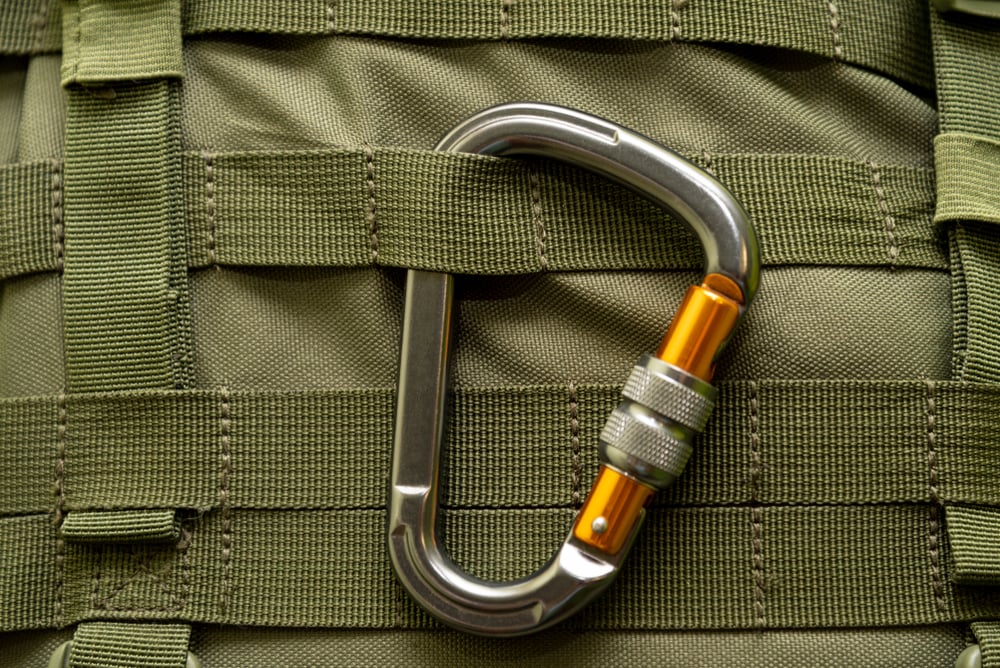
A carabiner is a metal loop that closes with a gate. They are generally used in rock climbing but they come in handy whenever you need to secure something to your backpack. You can clip water bottles, trekking poles, camp shoes, anything.
7. Down Pants
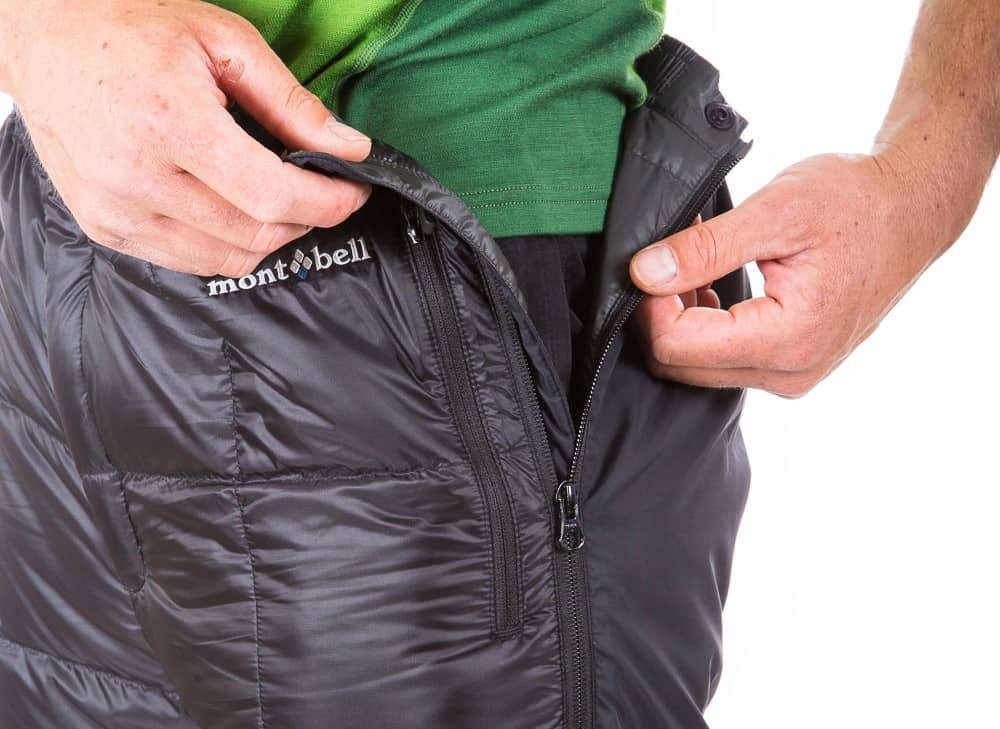
While we have fleece pants on our gear list, some might want to consider something warmer instead. Down pants are a great option to wear for lounging at camp. Just slip them on over your hiking pants when you arrive and enjoy the evening in its toasty bliss. They will also come in handy if you have extreme cold for the summit attempt.
8. Playing Cards
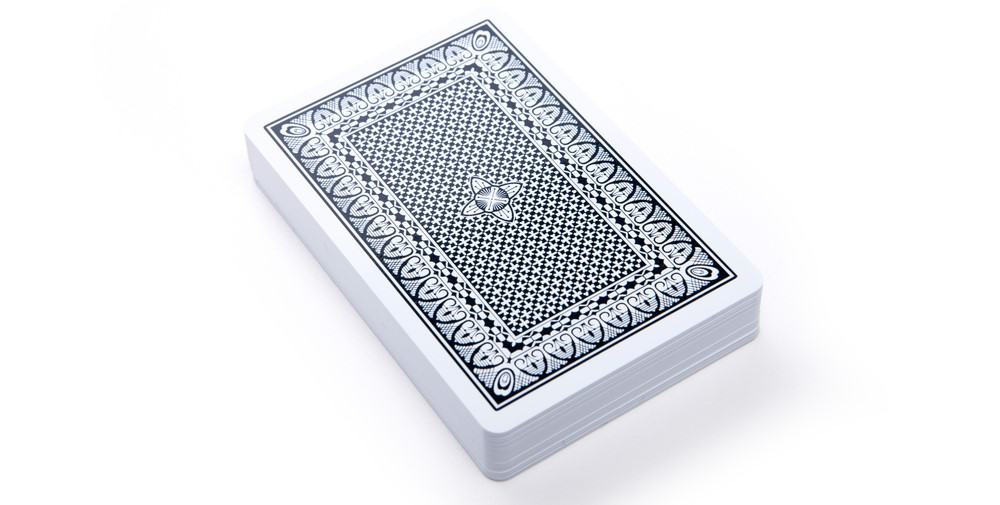
There is plenty of down time at each campsite. While some might want to take a nap, relax in the tent, read an e-book or listen to music (with your headphones), others like to hang out and socialize. Why not bring a deck of cards? Play a game or two so you and the rest of the group can be engaged and entertained.
9. Eye Drops

The trails can get real dusty. That’s why you need a neck gaiter to cover your face at times and sunglasses to shield your eyes from the airborne particles. But nevertheless, your eyes might become dry or irritated. If you wear contact lens, dusts can get lodged behind the lens. Eye drops keep your eyes moist and provide relief from discomfort.
10. Melatonin

Melatonin is a safe and natural supplement that improves sleep at high altitude. It is a hormone produced by our body to regulate our sleeping patterns. We produce more at night to help with sleeping and less in the morning when it is time to wake up. A study showed that people who took melatonin fell asleep 20 minutes faster at high altitude than those who did not.



















































